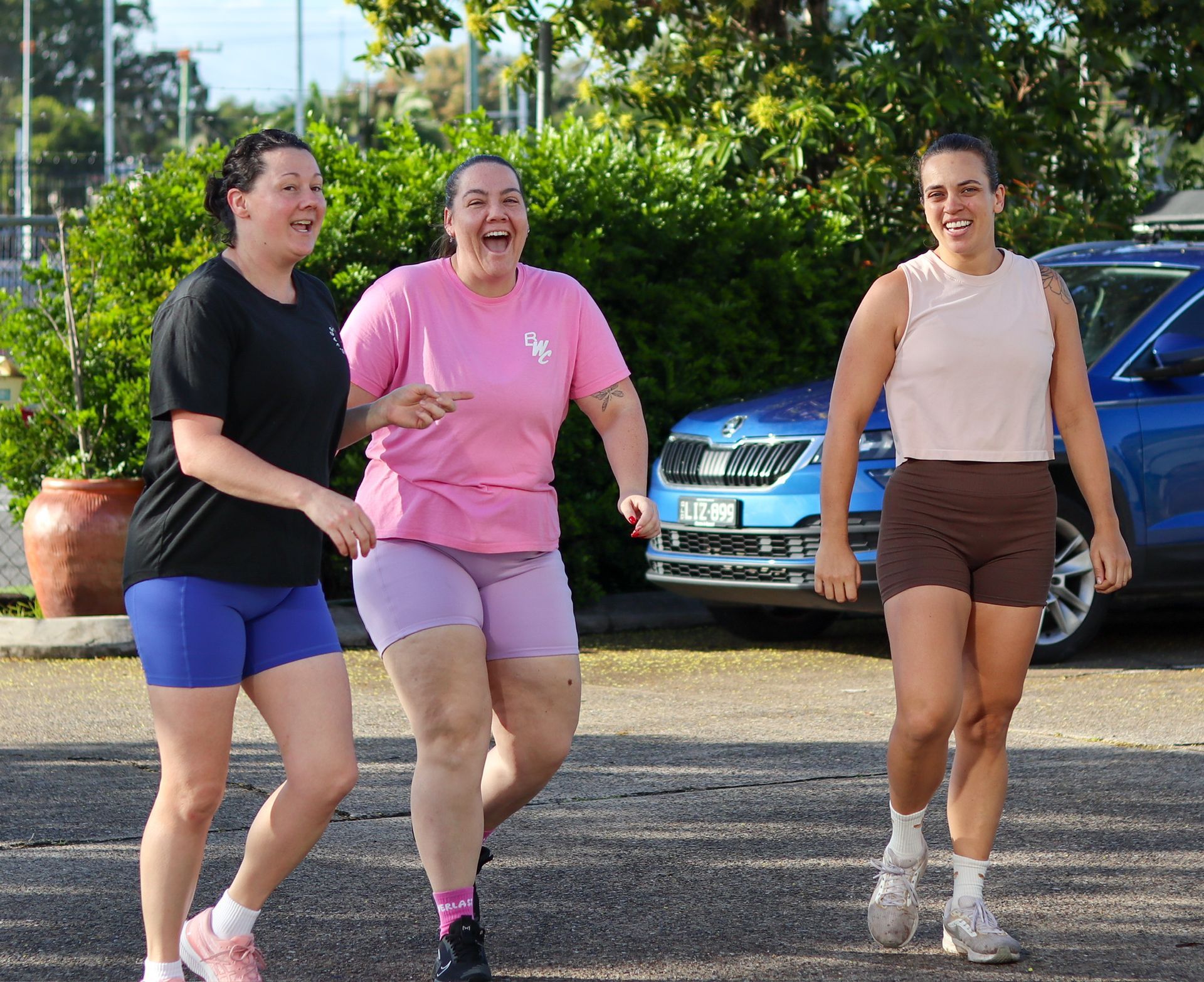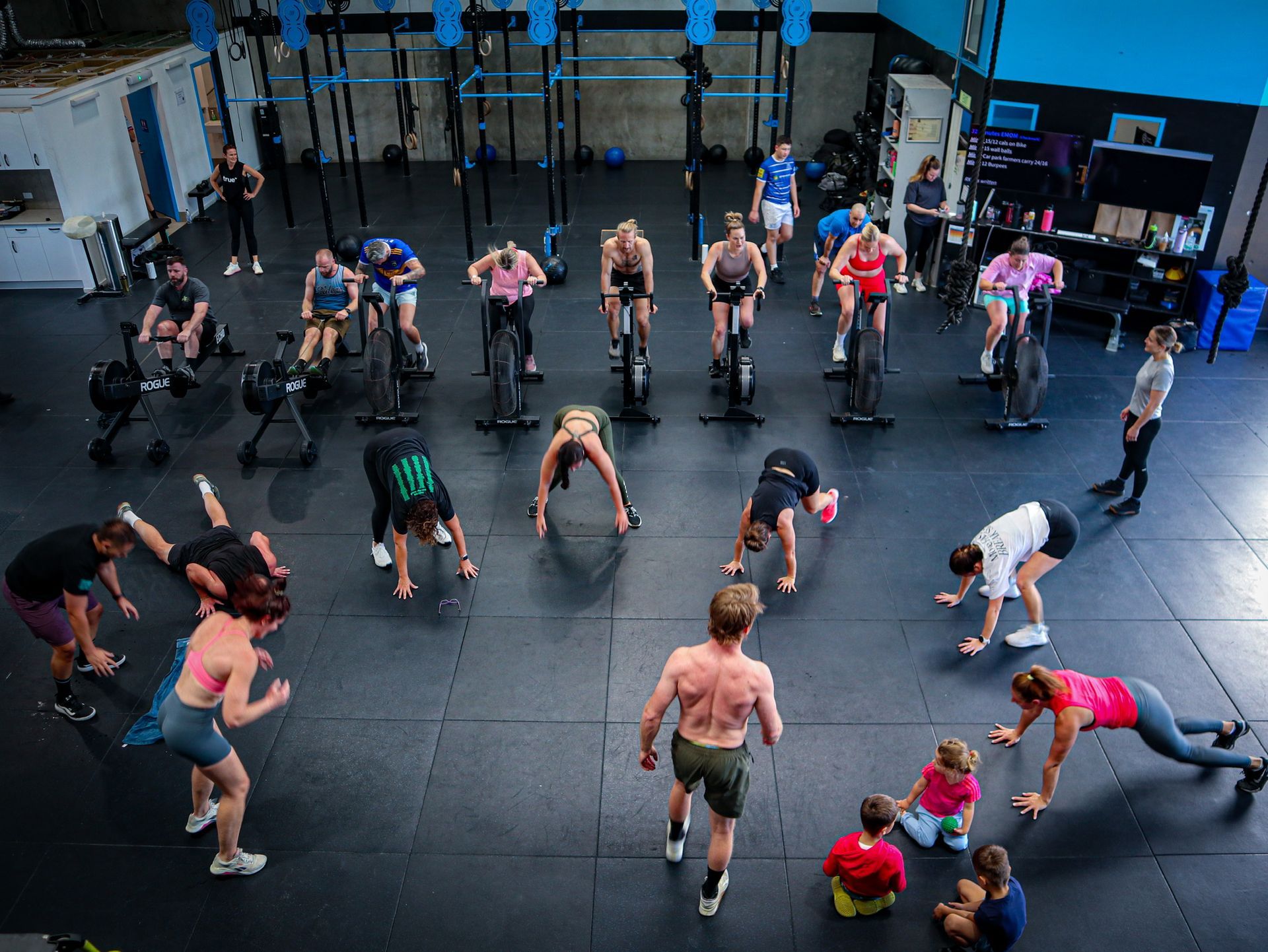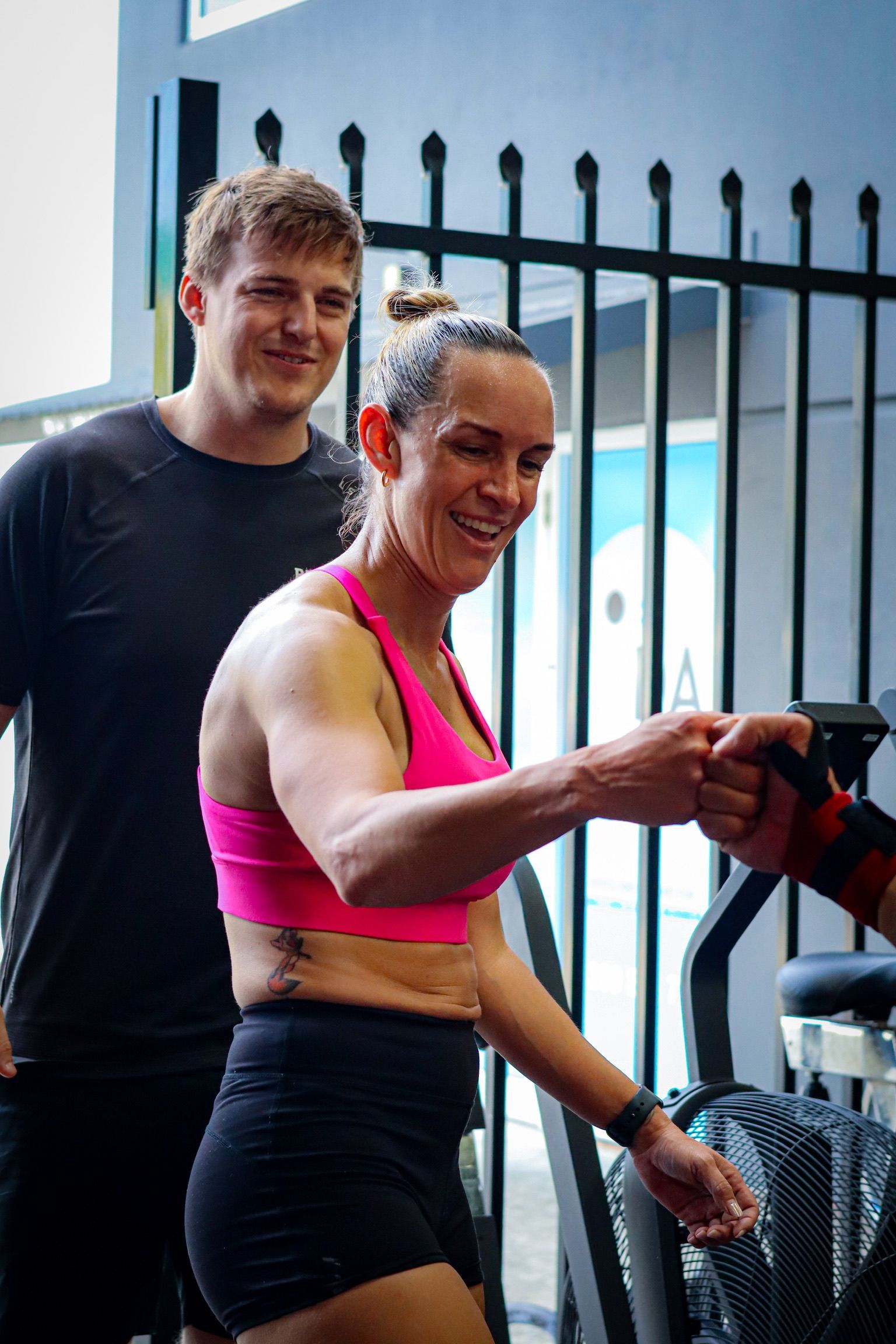Useful Terms To Know When Starting On Your Fitness Journey
Starting out at the gym—especially a lively group fitness facility—can feel overwhelming. All the new terms being thrown around might seem baffling, even if you’ve been training for a while.
But fear not! We’re here to help you understand common gym lingo like double unders, macros, snatches, and jerks (and no, we're not talking about the coaches!).
Essential Gym Terms to Know
Macros
When it comes to nutrition, you'll often hear people talk about macros.
Macros (short for
macronutrients) are:
- Carbohydrates
- Proteins
- Fats
Your daily calorie intake is broken down into these three groups. Remember:
- Many foods contain a mix of macros (e.g., foods can have both protein and carbs).
- If you’re just starting out, focus on your calorie intake and hitting your protein goals.
Coach James Batey says:
"The quantity of food you eat will dictate your size objectively; the quality of food you eat will dictate the way you feel subjectively."
Dead Hang
A dead hang is simply hanging from a bar without any body movement—just holding on with your hands.
Benefits: Strengthens your grip over time.
Toes-to-Bar
A gymnastics movement where you hang from the bar and kick your feet up to touch the bar.
If you’re starting at a strength and conditioning gym like
Rebuild Health and Fitness (or following a CrossFit-style program), you'll likely encounter this movement.
Note: This is a milestone movement—don't expect to master it on your first try!
Kipping
Kipping is a swinging motion used when hanging from a bar to generate momentum.
It's used to:
- Propel you into pull-ups, toes-to-bar, and muscle-ups.
Context:
- It’s a contentious movement—some argue strict (no momentum) is better.
- At Rebuild, we program both strict and kipping movements depending on the day's goal and workout volume.
Double Unders
Double unders are a type of jump rope movement where the rope passes under you twice per jump.
If you're still working on these, you’ll often be allowed to perform
singles (standard jump rope) as a substitute.
Strict Press, Push Press, Push Jerk, and Split Jerk
These are four different overhead movements, often confused:
- Strict Press: Pressing the barbell overhead without using your legs (pure upper body strength).
- Push Press: A slight dip of the knees, then pressing the bar overhead while locking out arms and legs.
- Push Jerk: Dip and drive up, then re-dip and catch the bar before standing up tall.
- Split Jerk: Similar to a push jerk, but you split your feet when landing (one foot forward, one back).
Progressive Overload
Progressive overload is a scientific training principle crucial for getting results.
It involves:
- Increasing load (weight)
- Increasing repetitions
- Adjusting tempo
- Enhancing volume over time
This ensures consistent strength and performance improvements while maintaining proper technique.
If you’re not tracking your workouts, you’re not truly training—you’re just exercising.
By applying progressive overload, you build strength and achieve better adaptations with every training cycle.
Need More Guidance?
If you're new to the gym and want personalized help, consider personal training sessions with our world-class coaches.
📧 Send us an email at: team@rebuildhealthandfitness.com
We’re here to help you feel confident, strong, and knowledgeable every step of the way!
Previous Blogs




